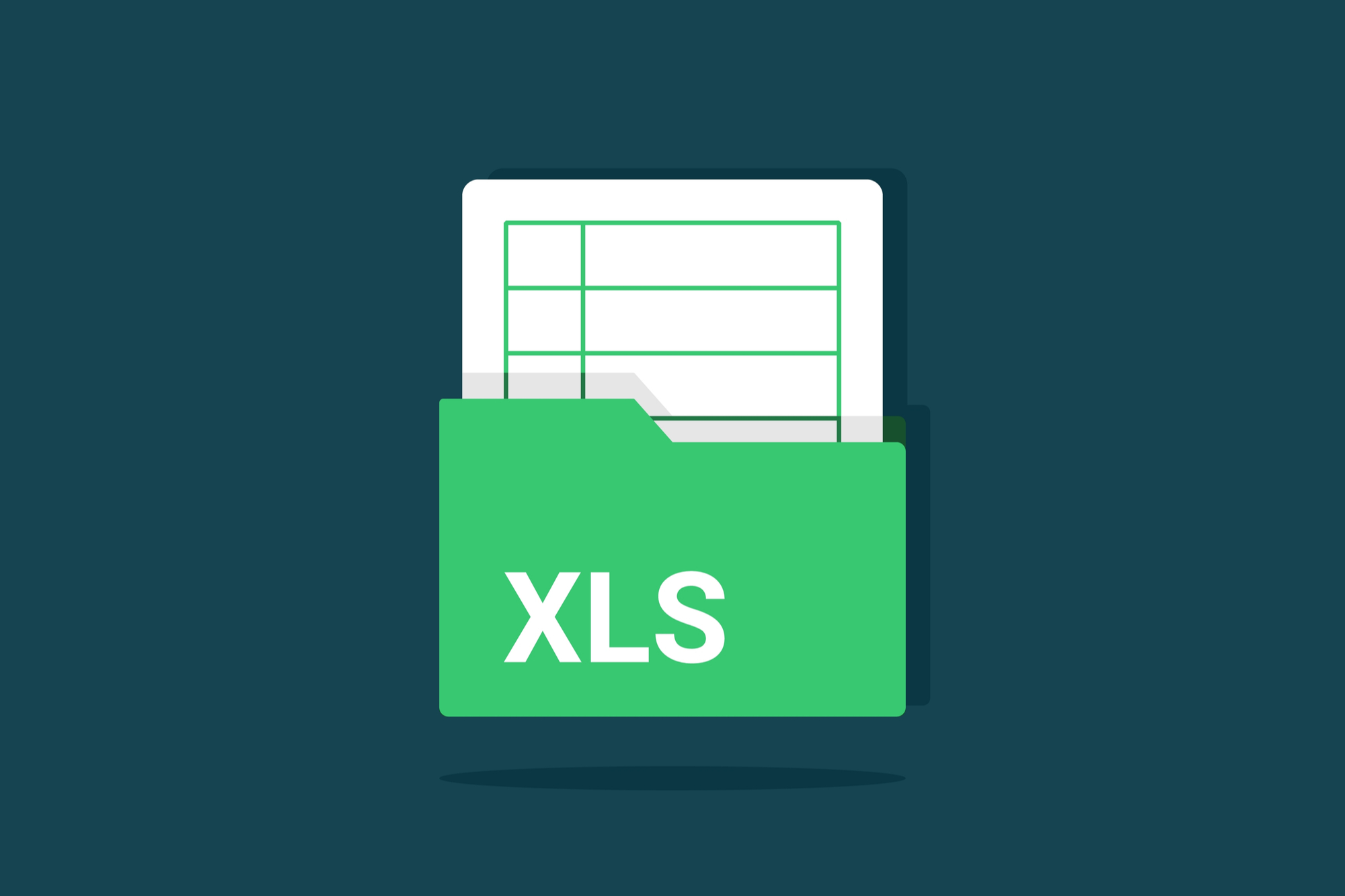Organizations across the board have recognized the significance of using data to drive decision-making and grow their operations. 94% of enterprises say data and analytics are important to their business growth and decision-making process.
Due to the fundamental role analytics plays in enterprises today, demand for the presence of data in any and all business activities has also developed. Dashboards and reports have become an essential aspect of meetings and day-to-day operations. Whether it be used to address broader strategic problems or to support upcoming project decisions, there is an ever-present need for data to be involved in some capacity.
However, just because graphs and data visualizations have become the new standard in the workplace doesn’t necessarily mean companies are actually applying the information. The presence of data does not automatically equate to being data-driven. This leads us to the all-important question: Are you applying data or just consuming it?
Using Data to Fit a Narrative
To begin, the problem that’s holding companies back from becoming truly data-driven is that many use data to fit a narrative. More often than not data is used as a means of providing evidence to support predetermined conclusions. This means centering data efforts around backing up ideas or gut feelings rather than focusing on what the data actually tells.
Coming to conclusions before exploring the data can be a recipe for disaster. However, this occurs in businesses today more often than you’d think. Everyone has their own agenda as well as objectives and goals they are responsible for hitting. Even though business leaders are able to recognize the importance of data, the data might not always align with their plan of action.
Not Putting Biases to the Test
Similarly, not putting these biases to the test is another obstacle holding businesses back from maximizing the value of their analytics. Ronald Coase, the renowned British economist, once said “if you torture the data long enough, it will confess anything.” This quote describes the ease of manipulating data and imposing personal biases, whether they be intentional or unintentional, on the process of data analysis.
While intuition is important in business, being data-driven is about putting those biases to the test, exploring the data, diving deeper than the surface, and uncovering insights that may have not been considered otherwise.
How to Become Data-Driven
So how do you make the most of your data? What does it take to become data-driven? Being data-driven doesn’t mean solely investing in the newest data analytics tools or having the highest quality data possible. A data-driven culture is what allows your data to guide you, with the help of technology and governance, in the right direction. An organization’s culture is where the divide between consuming data versus actually applying it comes into play. Here are some key steps to keep in mind when on the path to becoming data-driven.
Improve Accessibility to Data
The initial core element of becoming data-driven is having readily available access to quality data that can be used for analysis. After all, how can any value be derived from your data if no one is able to access the information they need in a timely and efficient manner? Or worse, if the data still needs to be cleansed prior to use. These are all factors that impact the ease of use and flexibility when it comes to using data to drive decisions. Implementing a robust data governance strategy is the key to maintaining the quality and accessibility of your data.
To access your data’s accessibility and current governance strategy, start by asking the following questions:
- How do you manage and store your data?
- How do you access your company’s data?
- Who has access to the data?
- What metrics are you using to measure data quality?
Build Data Literacy
Furthermore, data can’t produce any type of meaningful value if no one in your organization is able to understand it. Provide training and opportunities for all employees, beyond the data science and analytics teams, to develop their understanding of how to read, interpret, and analyze data. This will allow for more fluid communication and accessibility to insights across every department.
Promote Exploration & Curiosity
For data to have a meaningful impact on business decision-making, teams have to be willing to probe the data and continually ask it questions. Not every issue or insight can be seen from the surface, deep dives and exploration are required to uncover information that may have not been discovered with basic analysis. Implementing a weekly brainstorming discussion or providing access to further educational training can lead to better engagement amongst employees as well as higher quality insights.
Communicate High-Level Goals
Communication of high-level goals is critical to understanding what the organization is trying to achieve through these changes. It’s important to foster a common understanding of how data should be used and prioritized in the broader scope of the company’s goals. This will not only ensure everyone is on the same page, but it will also communicate the business value of data to those involved.




